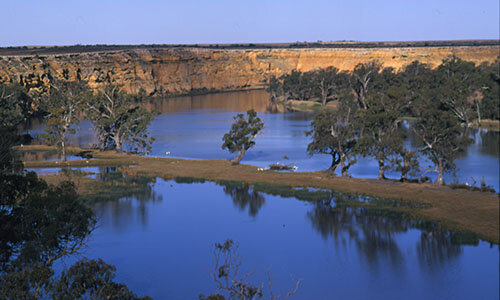Current Projects
If you would like to get involved in the projects below, please contact me.
The resilience of river networks
The primary aim of this research is to develop models that are able to predict changes in the physical and ecological character of river networks in response to specific natural and anthropogenic stressors. Models that enable managers to assess status, trends, and probable consequences of changes at a landscape scale. The project focuses on developing a suite of tools that determine the character of river networks and measure the extent and magnitude of basin-wide stressors (landscape indicators); quantify relationships between the landscape change river network structure; and, develop methods to analyse changes in river networks over time. This research is currently being undertaken in Australia, New Zealand and the USA.
Unpacking multiple disturbances in large river ecosystems
Globally, large rivers are under pressure from a range of anthropogenic drivers that threaten their productivity and resilience. Large rivers are some of the most-regulated and highly altered ecosystems in the world with 65% of these systems fragmented by dams, or affected by hydrological regulation for flood control, hydroelectric generation, irrigation, or navigation. These and other drivers often occur simultaneously or overlap. We assume large rivers continue to maintain the same ability to respond to additional anthropogenic drivers. However, large rivers today are likely in a new basin of attraction or state, relative to their pre-degraded state, and thus exhibit new structure, function, and feedback mechanisms. Thus, in these highly modified systems, it may require a much greater driver to elicit a response. This project seeks to determine if there are detectable ecosystem responses to the cumulative effects of multiple anthropogenic drivers in already-degraded large river systems, and also to determine if responses vary by location or among organismal groups. This project is an international collaboration with colleagues in the USA.
Floodplain ecosystem responses natural and anthropogenic drivers
Floodplains, especially those in semi-arid or arid regions, are characterized by highly variable flooding and drying regimes. The spatial and temporal variability in flooding plays a significant role in the productivity of these ecosystems and is a key influence on the composition and distribution of vegetation in these floodplains. Floodplains are commonly perceived to be boom and bust systems, in which the boom is characterised by an inundated floodplain and the bust is characterised by a dry floodplain in moisture deficit. This research applies various resilience thinking approaches in order to understand change in floodplain vegetation productivity through multiple periods of flooding and drying.
Interactive effects of hydrology and geomorphology on river ecosystems
The physical environment provides the template upon which evolution acts to forge characteristic life history strategies. Accordingly, the physical properties of rivers determine the type, abundance, and arrangement of biological assemblages found within these landscapes. Interactions between physical and biological components generate distinct patterns within riverine landscapes that have been observed at multiple scales. This research seeks to determine the influence of ecosystem size, habitat heterogeneity and connectivity regime (amongst other things) on food web structure at multiple temporal and spatial scales.



